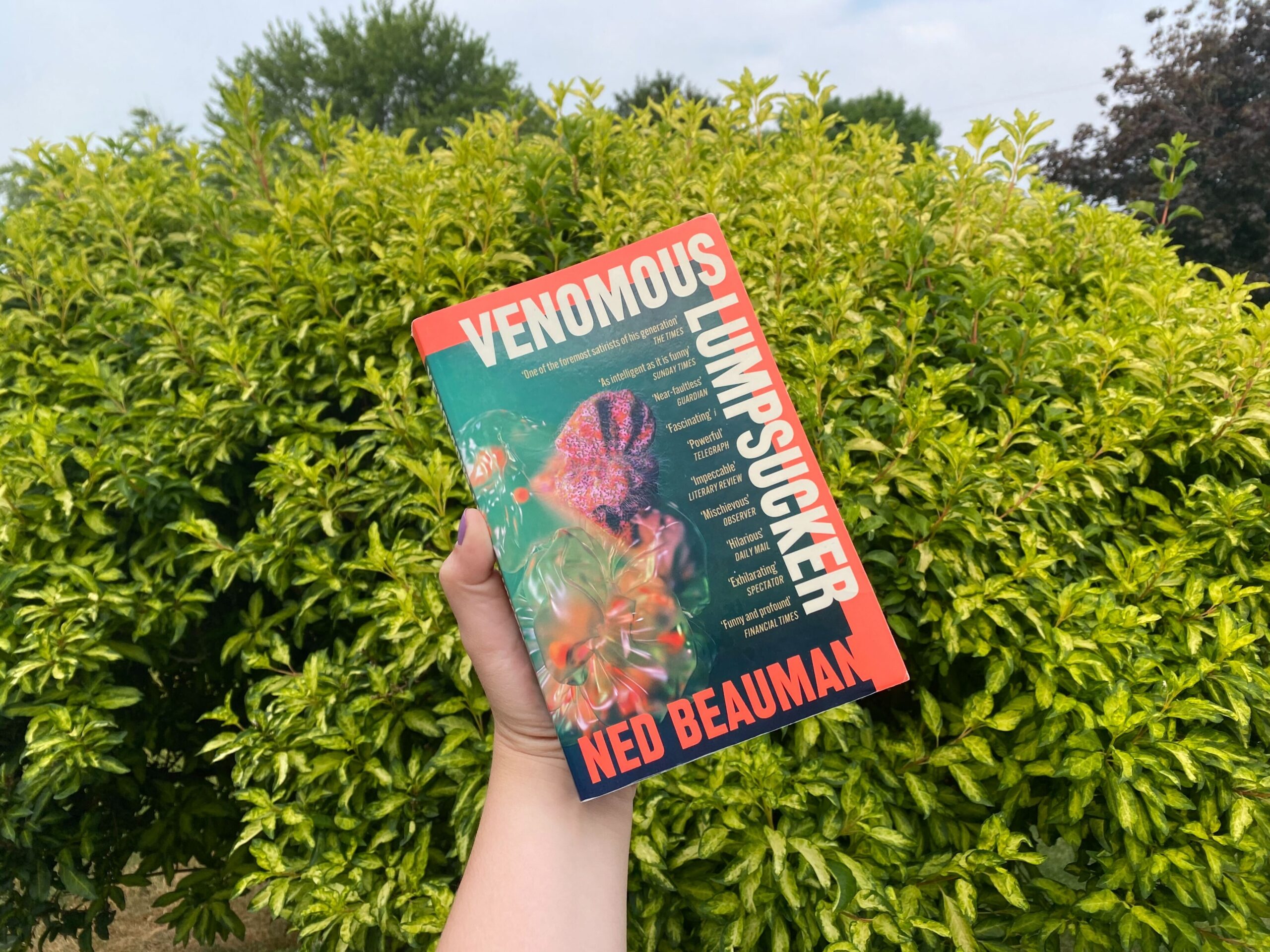
Venomous Lumpsucker | Photo by Alexis Lewis | The Wright State Guardian
“Venomous Lumpsucker” by Ned Beauman is a not-so dystopian novel set in near-future Europe and is an immersive speculation about environmental destruction and dangers of capitalism.
The extinction industry
Beauman writes about Karin Resaint, a scientist who determines the intelligence capabilities of different species, and Mark Halyard, a big executive in the extinction industry.
In this book, artificial intelligence controls everything and enterprises turn animal extinction into a business venture.
In a world of extinction credits worth upwards of €400,000, someone hacks and attacks biobanks that hold the last remnants of DNA from now- or near-extinct animals. With hopes of someday bringing these species back to life using the biobank’s digital footprints, scientists and business people now grapple with the total destruction of thousands of species.
Investments and capital within the extinction industry completely shift with the attacks. Money is one of the biggest motivators for people to protect or destroy animals and their habitats.
What Beauman crafts in this biobank attack is what was actually destroyed: the species themselves or the finite possibility that scientists would actually bring them back?
The venomous lumpsucker, a highly intelligent fish with the capacity for immense brain storage and emotional yet calculated revenge, brings Resaint and Halyard together. After the biobank attacks, the two must search for the last remaining venomous lumpsuckers (if those fish are still alive).
“The murder of animals was an enormous collaborative project, perhaps the fundamental human project, like a charity drive or war effort to which everybody made their little contribution.” – Ned Beauman, “Venomous Lumpsucker”
The future and takeaways
In a whirlwind combination of wit, chaos and tight tension, Beauman describes gnat swarms, bulbous and buoyant jellyfish in the sky, the ugly bottom-feeding lumpsuckers and nostalgic flying birds. On top of these creatures, Beauman introduces self-driving vehicles, human-tempered habitats and digital scullions.
These animals and other futuristic objects highlight the possible future where humans have tried to control and mitigate everything down to the most minute detail; however, Beauman takes this notion a step further to underscore human interaction and create a system rather than a world. When human-created animals and objects begin to sustain themselves, where do humans fit in?
Here, readers see a pseudo-take on human placement in the world: we always put ourselves first. Beauman’s satire makes readers think about decentering the self in order to live in a world where we still feel like we have autonomy while also protecting the environment and other animals who inhabit it.
